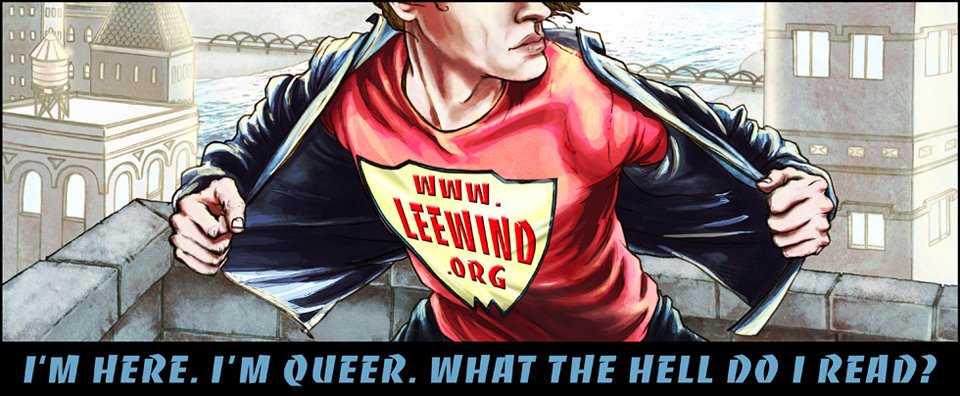The story of Ruth and Naomi serves not only as an ancestral prelude to the story of David but also as an essential, if surprising, counterpoint to that saga. The story of David appears to be above all a story for and about men celebrating the adventures and exploits of men among men, in which women play only subordinate and minor roles. The story of Ruth and Naomi is the reverse of this field, focusing as it does on the struggles and the exploits of women in which even the principle male character, Boaz, is reduced to being the mechanism for securing the well-being of an enterprising partnership of women.
The Ruth-Naomi and David-Jonathan stories are also linked together thematically; they both deal with persons of the same gender loving one another. Because of the passionate romance that characterizes the relationships depicted, and the deep feeling and undying loyalty of the love narrated, these two stories have regularly served as models not only of same-sex but also of cross-sex friendship and lifelong loyalty.
The portion of the story that has been most often quoted comes early, after the reader has been told that Naomi has accompanied her husband and two sons to Moab on account of a famine in the land of Judah. As immigrant aliens in Moab, they apparently find hospitality. They settle there for several years, and Naomi's two sons find wives among the Moabites. Her husband has died, however, and soon her sons die as well. Hearing that the famine has passed in her own land, Naomi resolves to return, a lonely and bitter woman, in hopes of finding some kinsfolk to ease her last years. Her Moabitess daughters-in-law have apparently come to love Naomi and resolve to accompany her, themselves to be immigrant aliens in her land, as Naomi has been in theirs. Naomi argues that to do this would be tantamount to never marrying again. Orpah allows herself, reluctantly, to be persuaded, but "Ruth clung to her" (1:14). Naomi tries again to convince her to stay in Moab, but Ruth replies:
Entreat me not to leave you or to return from following after you; for where you go I will go, and where you lodge I will lodge; your people shall by my people, and your God my God; where you die I will die, and there will I be buried. May the LORD do so to me and more if even death parts me from you. (1:16-17 RSV)
With good reason this declaration has been taken as a staple of wedding ceremonies. It goes even beyond the "till death do us part" of the wedding pledge to declare an unalterable commitment and permanent loyalty. Nowhere else in the Bible and scarcely in any literature do we find a more affecting exhibition of love and loyalty.
Yet it is the declaration of one woman to another. It is the declaration of same-sex love that has become the model and expression of cross-sex marraige.
Nor is this simply fortuitious or arbitrary. The text itself makes the reader think of heterosexual conjugality. The verb translated as "clung" (dabaq) in the assertion that Ruth clug to Naomi (1:14) is the same verb used in Gen 2:24 to articulate the mystery of (hetero)sexual union:
Therefore a man leaves his father and mother and cleaves to his wife, and they become one flesh. (RSV)
The extravagance of desire and delight, which the author of Genesis has attributed to the relationship between male and female, becomes articulated in the words of Ruth. Her "cleaving" breaks into speech with this declaration in such a way that it gives voice as well to the longing and loyalty that struggle for speech between persons of the opposite sex.
Moreover, the content of her speaking makes clear that Ruth, like the man in Genesis, is leaving hearth and home in order to embark upon this new relationship. This is underscored by the words of Boaz to Ruth when he mets her in the field and tells her that he knows all she has done for the sake of Naomi, including leaving "your father and mother and your native land" (2:11).
Finally, we have heard from Naomi that the choice her daughters-in-law have contemplated, which Ruth has subsequently actually made, is one that almost surely replaces marriage. (1:13)
In a number of ways, then, the story insistently portrays the relationship between Ruth and Naomi as comparable to marriage and as an embodiment of it.
 William Blake's 1795 painting
William Blake's 1795 paintingshowing Naomi trying to dissuade
her daughters-in-law from coming with her.
Orpah leaves, but notice how Ruth "cleaves" to Naomi!
There are many sources with information about Ruth and Naomi. The above section is from pages 227-229 of the fascinating "Jacob's Wound: Homoerotic Narrative in the Literature of Ancient Israel" by Theodore W. Jennings Jr.
960.jpg)















No comments:
Post a Comment